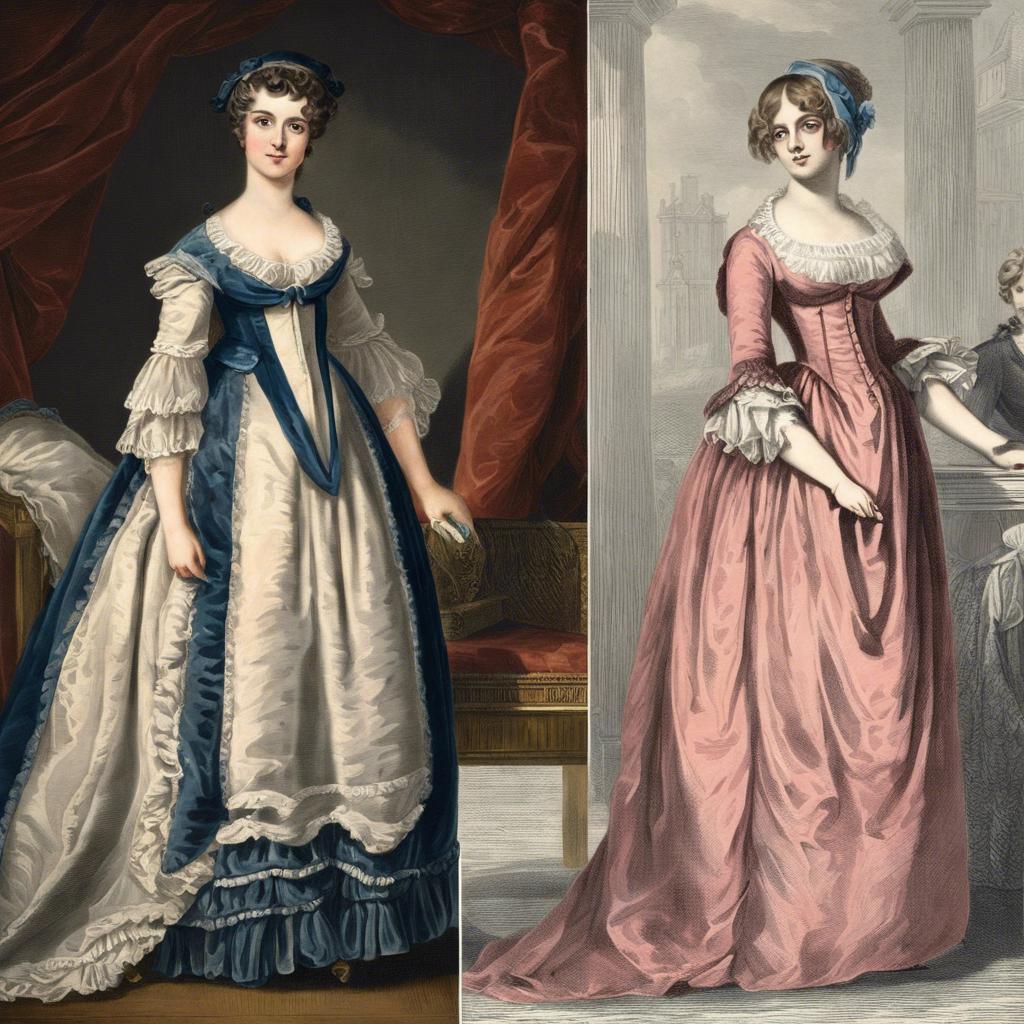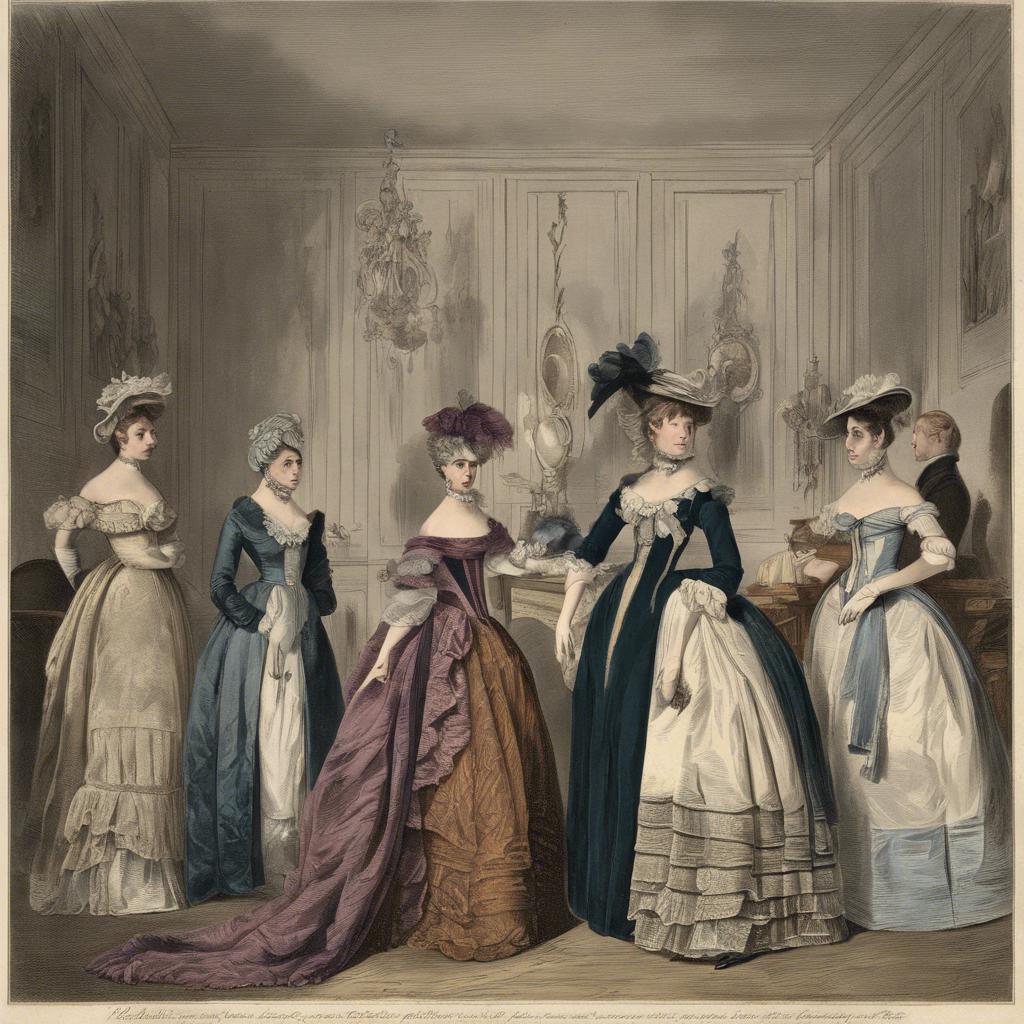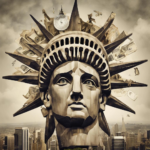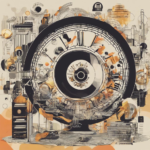The Regency Era, typically defined as the period of British history between 1811 and 1820, is often celebrated for its elegant and refined fashion. However, before the emergence of the Regency style, British fashion underwent a series of significant transformations that paved the way for the iconic looks of the early 19th century. In this article, we will explore the evolution of fashion in Britain leading up to the Regency Era, shedding light on the trends, influences, and cultural shifts that shaped the sartorial landscape of the time.
Step Into the World of Cheryl Bolen
Dive into the enchanting stories of love, intrigue, and elegance set in the Regency Era. Cheryl Bolen's novels offer timeless romance and captivating tales that will leave you wanting more.
Explore Cheryl Bolen's Books Now
– Predecessors of Regency Era Fashion: Transition from Georgian to Regency styles
Georgian Era Fashion:
During the Georgian era, which spanned from 1714 to 1837, fashion was characterized by elaborate and extravagant styles. Women’s attire featured voluminous skirts, tight corsets, and elaborate hairstyles. Men wore tailored suits with knee-length breeches, waistcoats, and powdered wigs. The Georgian era was known for its opulence and luxury in clothing, with an emphasis on intricate details and rich fabrics such as silk and velvet.
Transition Period:
As the Georgian era came to an end, fashion began to transition towards the more understated and simplistic styles of the Regency era. This transition period, which occurred in the late 18th century, saw a shift towards lighter fabrics, empire waistlines, and more natural silhouettes. The restrictive corsets of the Georgian era were gradually replaced by softer, drapier styles that allowed for more movement and comfort.
Regency Era Fashion:
The Regency era, lasting from 1811 to 1820, brought about a significant change in fashion trends. Women’s attire during this time featured high waistlines, flowing fabrics, and simple, elegant designs. The empire silhouette became popular, with columnar dresses that accentuated the natural waistline. Men’s fashion also evolved, with tailored coats, waistcoats, and trousers replacing the elaborate suits of the Georgian era. The transition from Georgian to Regency styles marked a shift towards more streamlined and minimalist aesthetics in fashion.
– Evolution of Silhouettes: From heavy court gowns to light, flowing muslin dresses
In the pre-Regency era, fashion was characterized by elaborate and heavy court gowns that often featured intricate embroidery, corsets, and layers of luxurious fabrics. These gowns were a symbol of wealth and status, with noblewomen competing to outdo each other with the most extravagant and opulent designs.
As society began to shift towards a more relaxed and natural aesthetic, the silhouette of women’s fashion evolved from the structured court gowns of the past to light, flowing muslin dresses. These new designs were inspired by classical Greek and Roman styles, emphasizing simplicity, elegance, and comfort. Women no longer wanted to be restricted by cumbersome clothing, preferring instead to move freely and gracefully.
The transition from heavy court gowns to light muslin dresses marked a significant shift in societal values, reflecting a desire for freedom, individuality, and natural beauty. This evolution in silhouettes paved the way for the iconic Regency era fashion, characterized by empire waistlines, delicate fabrics, and romantic drapery that continues to inspire designers and fashion enthusiasts today.
– Influence of French Revolution on Fashion: Rise of neoclassical designs and empire waistlines
In the years leading up to the Regency Era, fashion was heavily influenced by the tumultuous events of the French Revolution. Neoclassical designs and empire waistlines became prominent features in clothing, reflecting the desire for simplicity and elegance in a time of political upheaval. Women’s dresses were characterized by high waistlines, flowing skirts, and delicate fabrics, drawing inspiration from ancient Greek and Roman attire.
Men’s fashion also saw a shift towards neoclassical styles, with tailored coats, high collars, and subdued colors becoming popular choices. The Revolution’s impact on fashion extended beyond just clothing, influencing hairstyles as well. Women often wore their hair in loose curls or simple updos, mirroring the classical aesthetic seen in their attire.
the influence of the French Revolution on fashion during this period was significant, setting the stage for the elegant and refined styles that would come to define the Regency Era. The emphasis on neoclassical designs and empire waistlines reflected a desire for order and simplicity in a time of great change, paving the way for the iconic looks that would emerge in the years ahead.
– Fabrics and Textiles: Shift from extravagant brocades to simple cottons and linens
In the era preceding the Regency period, fashion was characterized by elaborate and extravagant fabrics such as brocades, silks, and velvets. These luxurious materials were often embellished with intricate embroidery, beading, and lace to create garments that exuded opulence and grandeur. Nobility and aristocracy flaunted their wealth and status through the use of these sumptuous fabrics, which were often dyed in rich and vibrant colors to further enhance their allure.
However, as the Regency era ushered in a new age of simplicity and elegance, there was a notable shift in the choice of fabrics and textiles for fashion. Gone were the days of ostentatious brocades and heavy silks, replaced instead by the understated charm of simple cottons and linens. These more practical and lightweight materials allowed for greater freedom of movement and comfort, reflecting the changing societal attitudes towards fashion and lifestyle during this period.
The transition from extravagant brocades to simple cottons and linens marked a significant departure from the elaborate and ornate styles of the past. The focus shifted towards clean lines, minimal embellishments, and a more natural aesthetic. This shift not only revolutionized fashion but also reflected a broader cultural shift towards simplicity, refinement, and the celebration of natural beauty. The Regency era’s emphasis on understated elegance and timeless sophistication continues to influence modern fashion trends to this day.
Future Outlook
the evolution of fashion leading up to the Regency Era was a reflection of the changing social norms and technological advancements of the time. From the elaborate and restrictive garments of the Baroque and Rococo periods to the more simple and natural styles of the Georgian era, each era had its own unique characteristics that influenced the fashion of the Regency period. By understanding the historical context of what came before, we can gain a deeper appreciation for the refined and elegant styles that defined the Regency Era. As fashion continues to evolve, it is important to look back on the past to inform and inspire the styles of the future.


